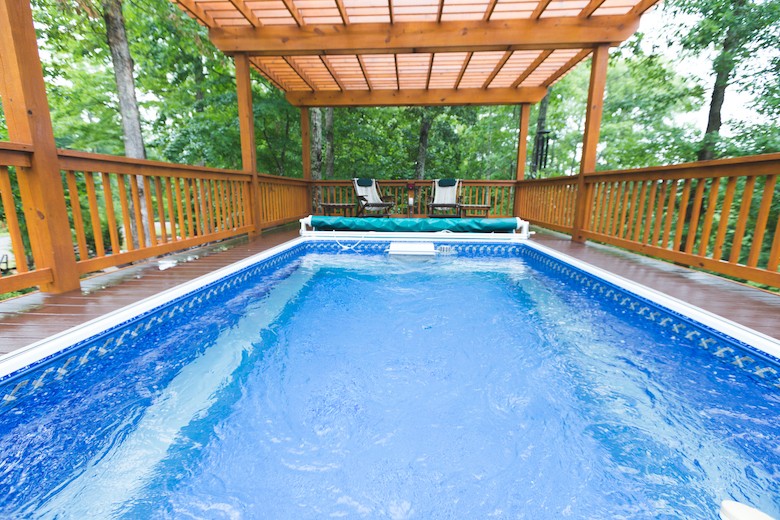Hello Spring! For those who own a pool one of the giant tasks of every spring is to get the pumps ready, clean the decks, scour the tiles, order the chemicals, wash the towels and blow up the floats!
However, there are some rules that it is time to review with the entire family to make sure that you are smart around H2O in your back yard.
Let’s start with some troubling facts.
The most at-risk time around the water are the dates between Memorial Day and June 14. This slightly more than two-week period brings most swimmers back to the water after months away from it. Children especially will remember that at the end of the last swim season they were able to do things in the water that their muscle memory may be rusty about performing after nine months away.
Adults entering the water after a time away are also at risk for over-estimating their abilities. Plus, the water has not yet reached its summer warmth. That means that there is the added danger of hypothermia, especially for kids under 16 years old, when spending time in the water without rest periods that allow for a warm up.
We also know that 80% of all drownings in the United States will occur between Memorial Day and Labor Day. Of those, 40% will happen on a Saturday or Sunday. For children, 75% were “gone” for less than five minutes and 70% had adults “watching” when they drowned.
It helps to know what the lifeguard is trained to look for in swimmers so others can also recognize an emergency before it becomes deadly.
While anyone – even really great swimmers – can run into trouble in the water, there are some people who are at higher risk:
- The very young or very old
- Very pale faces
- Intoxicated or unstable behavior
- People wearing flotation devices
- Disabled
- Parents holding children
- People improperly dressed or equipped

10 Warning Signs a Swimmer is at Risk
- Weak kick
- Hair in the eyes that the swimmer doesn’t have the energy to brush away
- Blank or glassy eyes
- Two swimmers with their heads bobbing close together
- Hand waving
- Drifting in the water with no ability to stay in an area
- Erratic behavior
- Clinging to items or other people
- Neutral or negative swim progress. The swimmer may be attempting strokes that don’t move them in the water
- Inability to respond to verbal commands
26 Steps to a Safer Pool
- Enforce the rules
- Never swim alone
- Use a buddy system if there are multiple children in the water
- Supervise anyone under the age of 10
- BASE rules
- Check the pool gates and USE THEM
- Watch water levels
- Require pool breaks
- HYDRATE!
- Diving requires 9 feet of water
- Have a dedicated phone at the pool whenever someone is swimming
- Sunscreen!!! – Apply it 20 minutes before you head out and then every 20 minutes thereafter!!!
- Move stuff away from the edges of the pool
- Understand how flotation devices are supposed to fit
- Check your life lines and make sure they are not frayed or dry rotted
- Check stair rails to make sure they are sturdy
- Make sure your depth markings and other pool markings are clear
- ONLY swim at night with pool lights that illuminate the entire bottom of the pool with no shadows
- Look for slips/trips/falls hazards
- Watch your temperatures and chemical balances in Hot Tubs
- Require actual swim diapers for children not yet potty-trained
- Check your rescue equipment for dry rot
- Keep your chemicals safely stowed and separated
- Check pool chemistry every hour
- Make sure your swimmers respect authority
- Watch the weather!

Amy Green is a Life Guard Instructor Trainer with the American Red Cross.




